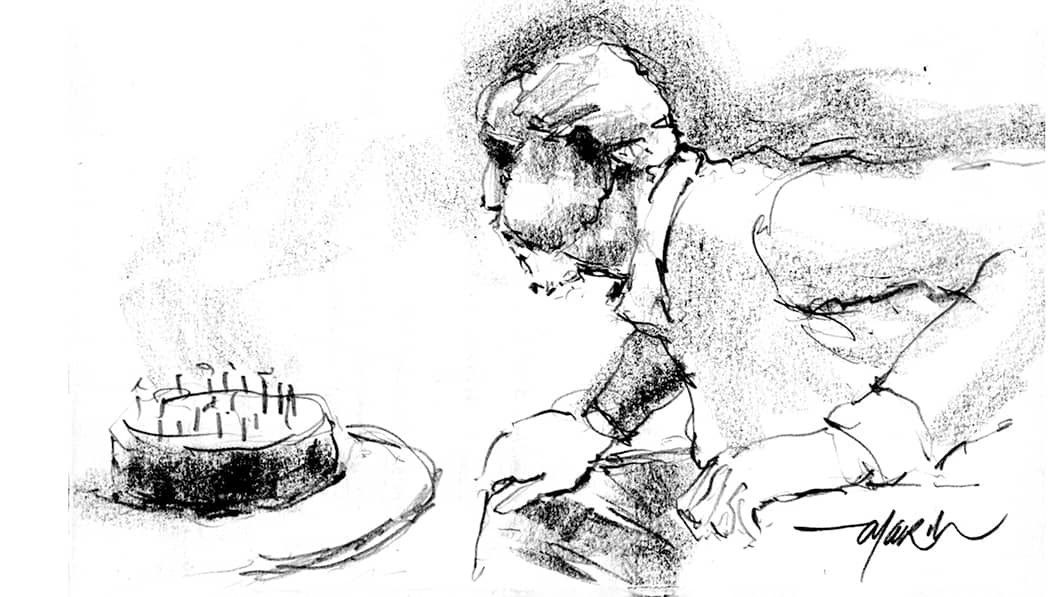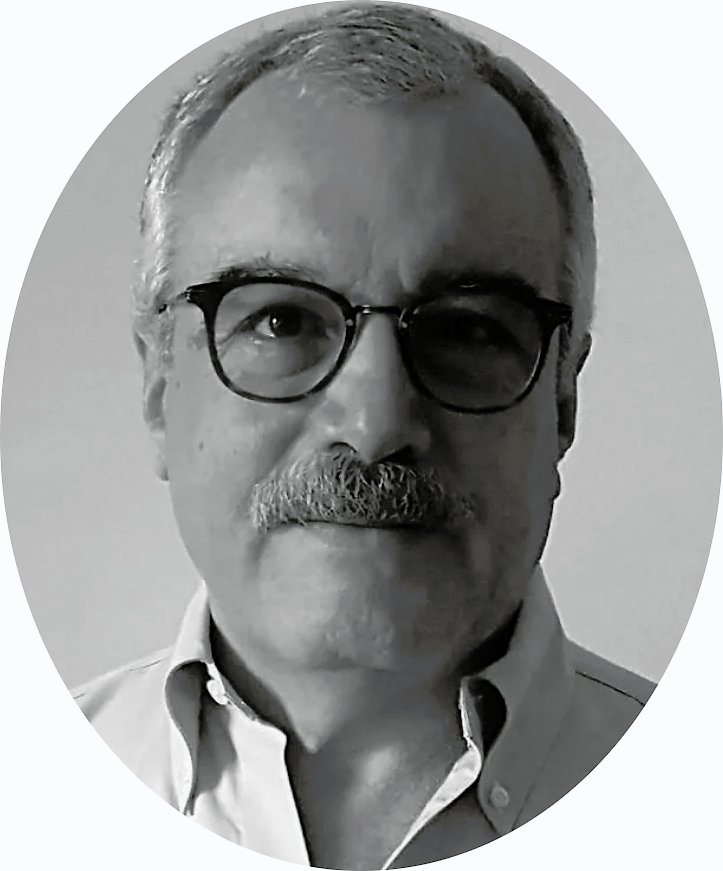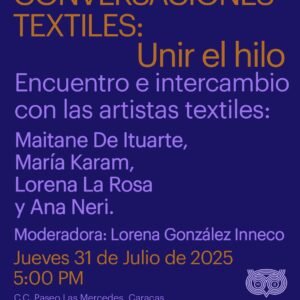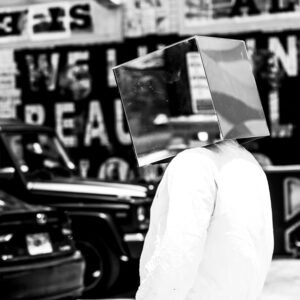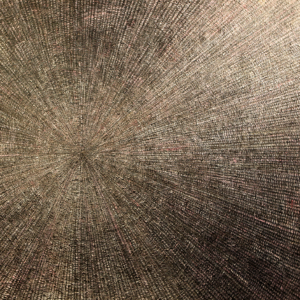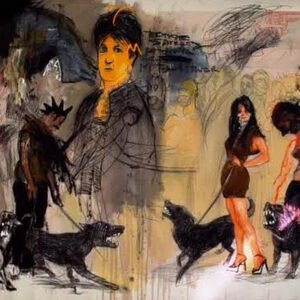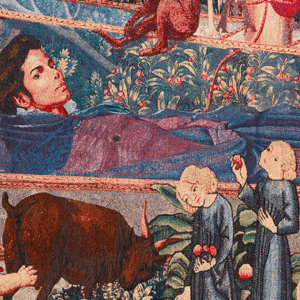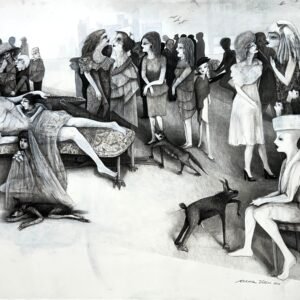Francisco Marín: El Dibujo como Oficio y Memoria
Un cuaderno, un lápiz y la mirada atenta: esas son las herramientas con las que Francisco Marín ha hecho del dibujo no solo un oficio, sino una manera de habitar el mundo.
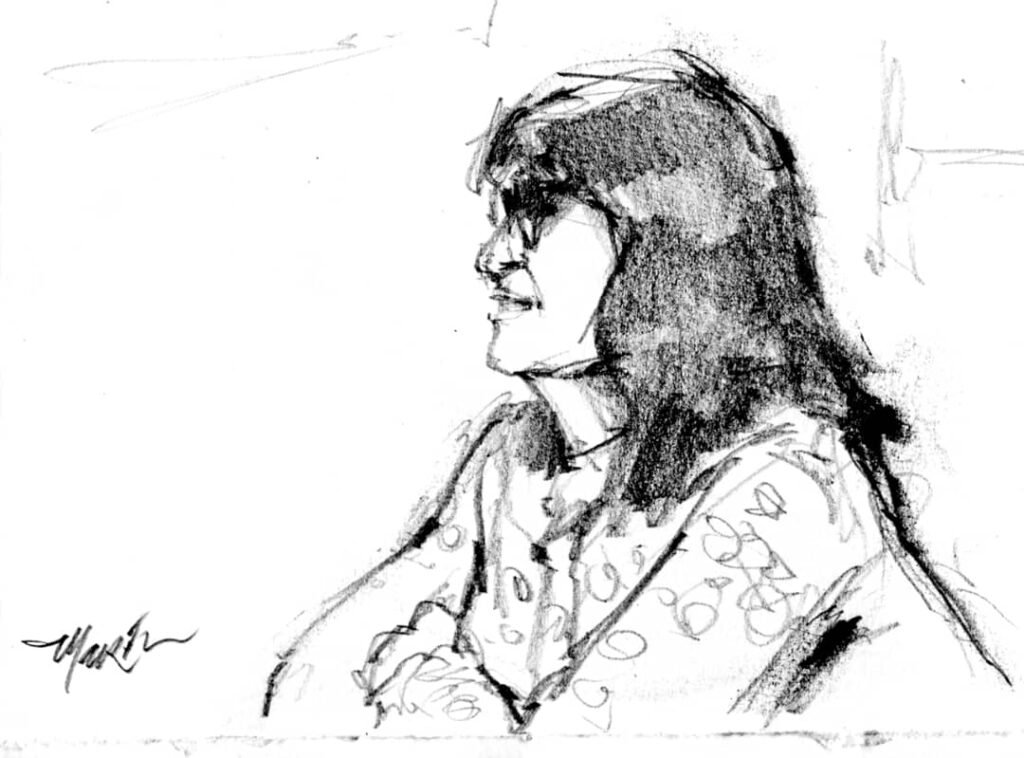
Francisco Marín es, por excelencia, un dibujante. No dibuja cosas ni objetos inanimados: dibuja personas. Y lo hace en vivo, en el instante irrepetible del encuentro, como si quisiera detener la vida en un trazo. Su cuaderno lo acompaña siempre, como una bitácora silenciosa que recoge los rostros y gestos de aquellos con quienes se cruza en su andar cotidiano. No se trata de acumular obras para exponerlas, sino de construir un archivo íntimo, un registro personal que le permita atestiguar la vida a través de la línea.
El suyo es un oficio silencioso y ancestral. El dibujo fue, desde las cavernas, la primera herramienta del hombre para dar forma a su mundo, para fijar en la pared la huella del animal, de la mano, del cuerpo. En cada trazo de Marín resuena esa tradición milenaria que convierte el gesto de la mano en lenguaje universal. El dibujo, reducido a la esencia del grafito sobre el papel, conserva una verdad insobornable: no hay artificio ni mediación tecnológica, solo la mano del oficiante, su mirada y el pulso vital que se transmite en la línea.
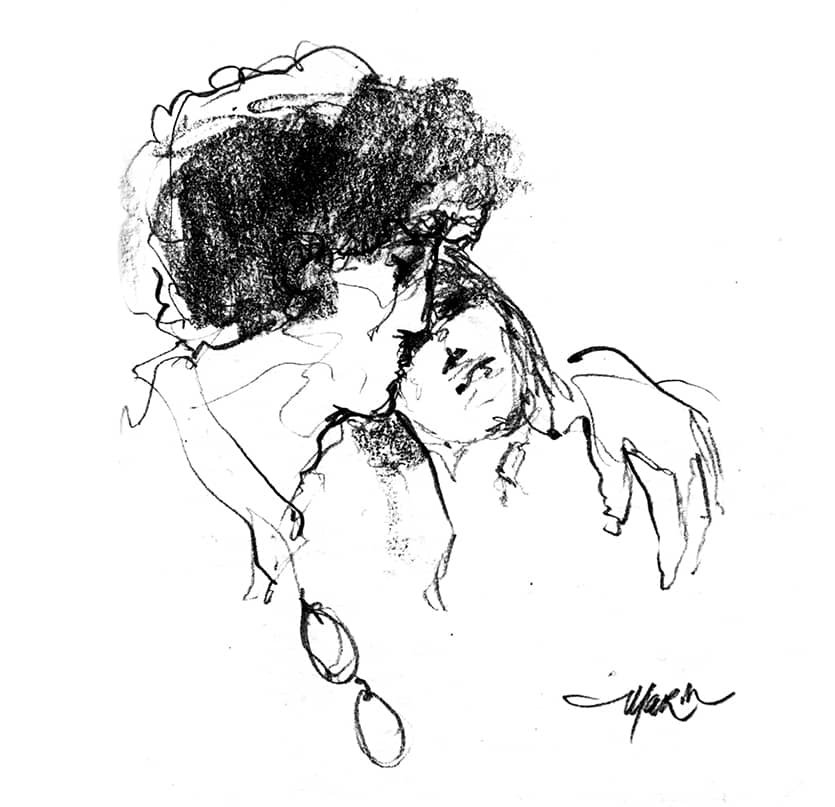
Además de ese carácter íntimo y testimonial, el cuaderno de Marín es también un ejercicio constante, una disciplina que mantiene viva la mano y la mirada, como él mismo afirma: un entrenamiento que transforma cada trazo en un tesoro de viaje y cada encuentro en una lección de vida.
En un tiempo en que las imágenes digitales se multiplican y se olvidan con la misma rapidez, el dibujo de Francisco Marín nos recuerda la importancia del oficio, de la disciplina, de la paciencia que exige mirar y trasladar al papel lo que acontece frente a nosotros. Su cuaderno es un testamento de esa práctica humilde y a la vez trascendente, donde cada rostro se convierte en memoria, y cada línea, en afirmación de la vida.
Dibujar, para Marín, no es un acto accesorio, sino la forma más directa de estar en el mundo. Con cada gesto devuelve al dibujo su condición de raíz, de origen y de destino, confirmando que, incluso hoy, sigue siendo el arte más cercano a la verdad del hombre.
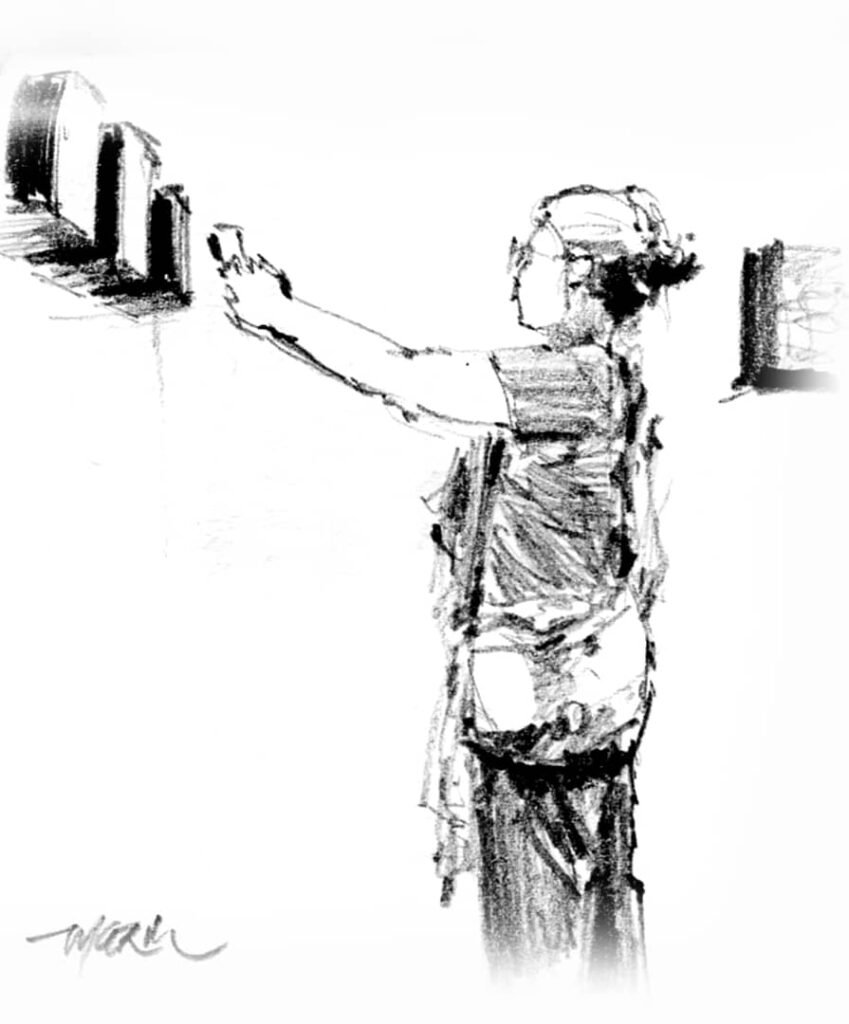
Francisco Marín: Drawing as Craft and Memory
A notebook, a pencil, and a watchful gaze: with these simple tools, Francisco Marín has turned drawing into both a craft and a way of inhabiting the world.
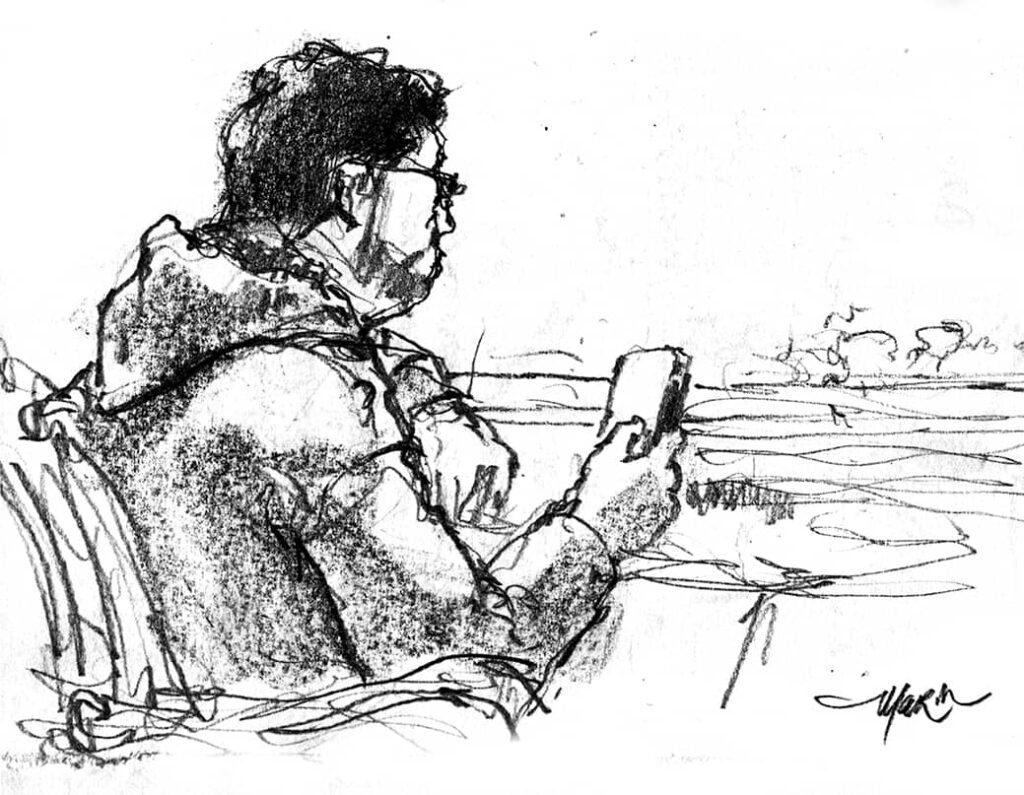
Francisco Marín is, above all, a draftsman. He does not draw things or inanimate objects; he draws people. And he does so live, in the unrepeatable instant of encounter, as if he wished to hold life still in a single line. His notebook is always with him, a silent logbook that gathers the faces and gestures of those he meets along his path. It is not about accumulating works to exhibit, but about building an intimate archive, a personal record that allows him to bear witness to life through drawing.
His practice is a quiet and ancestral craft. Drawing was, since the caves, humankind’s first tool to shape the world, to fix upon the wall the trace of an animal, a hand, a body. In every line Marín draws, that millenary tradition resonates, transforming the gesture of the hand into a universal language. Drawing, reduced to the essence of graphite on paper, holds an incorruptible truth: there is no artifice, no technological mediation, only the hand of the craftsman, his gaze, and the vital pulse transmitted through the line.
In addition to that intimate and testimonial character, Marín’s notebook is also a constant exercise, a discipline that keeps both hand and gaze alive. As he himself affirms, it is a training that turns each stroke into a travel treasure and each encounter into a lesson in life.
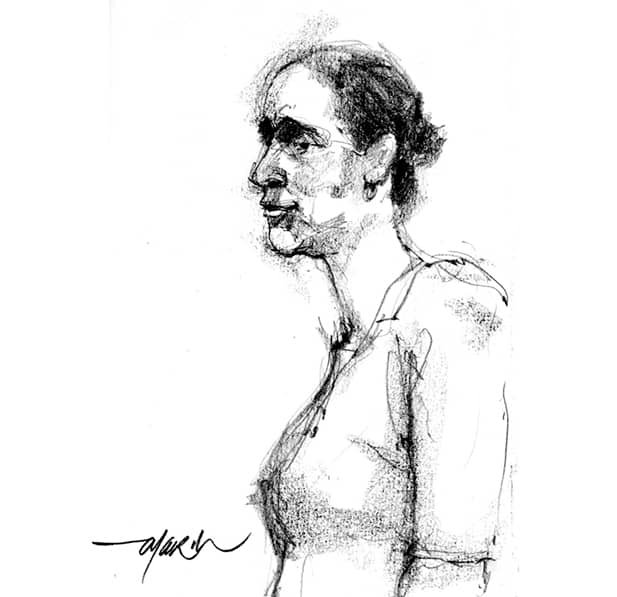
In an age when digital images multiply and vanish with the same speed, Marín’s drawings remind us of the importance of craft, of discipline, of the patience required to look closely and to transfer onto paper what unfolds before us. His notebook is a testament to this humble yet transcendent practice, where each face becomes memory, and each line, an affirmation of life itself.
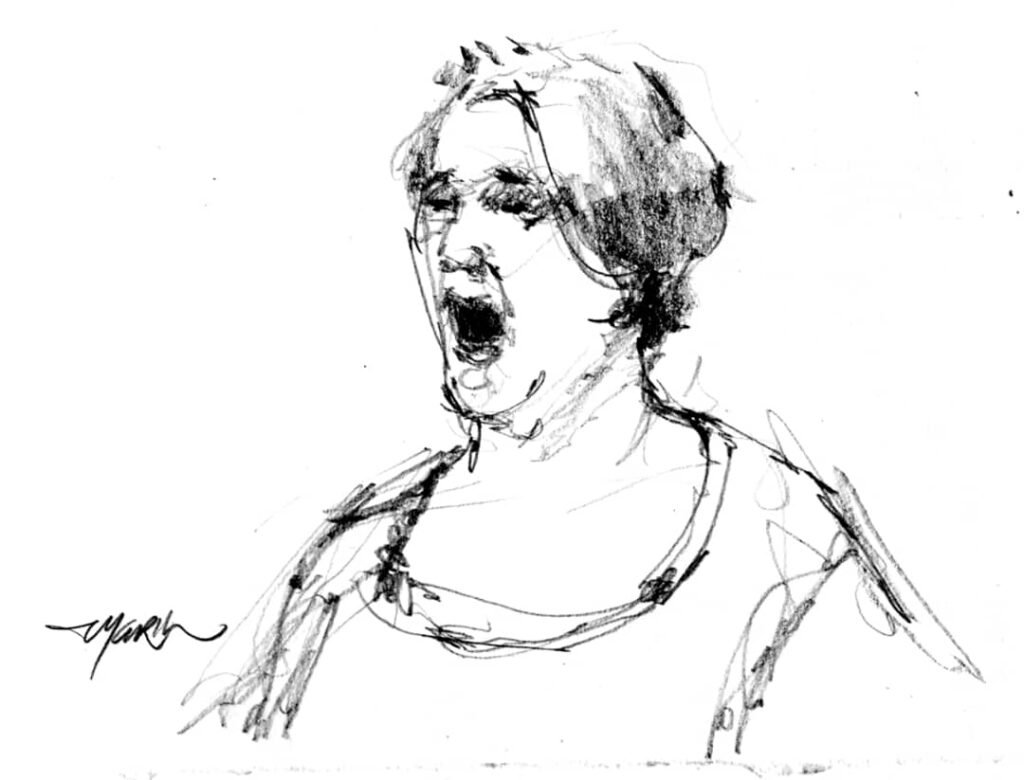
For Marín, drawing is not an accessory act but the most direct way of being in the world. With each gesture, he restores to drawing its condition as root, as origin and destiny, affirming that even today it remains the art closest to the truth of humankind.
Cesar Sasson
Magíster en Curaduría de Arte
coleccionsasson@gmail.com
@coleccionsasson
Ciudad de Panamá, Panamá
Octubre 2025





